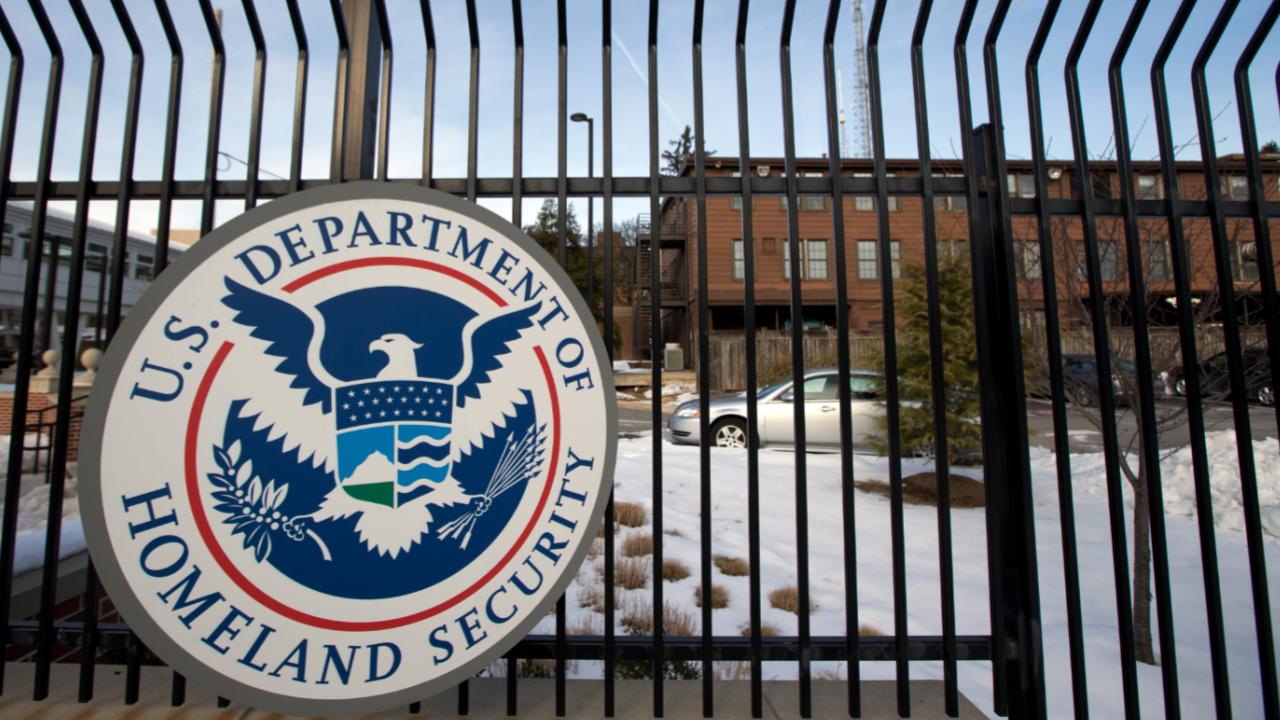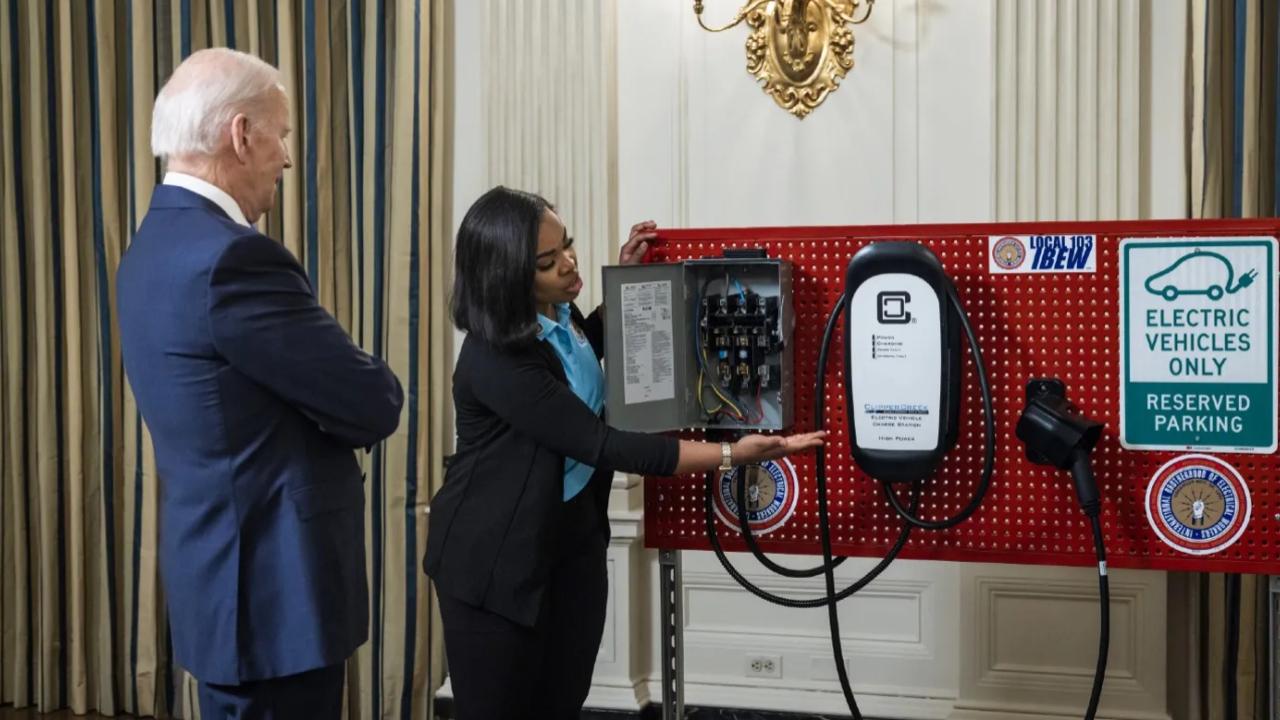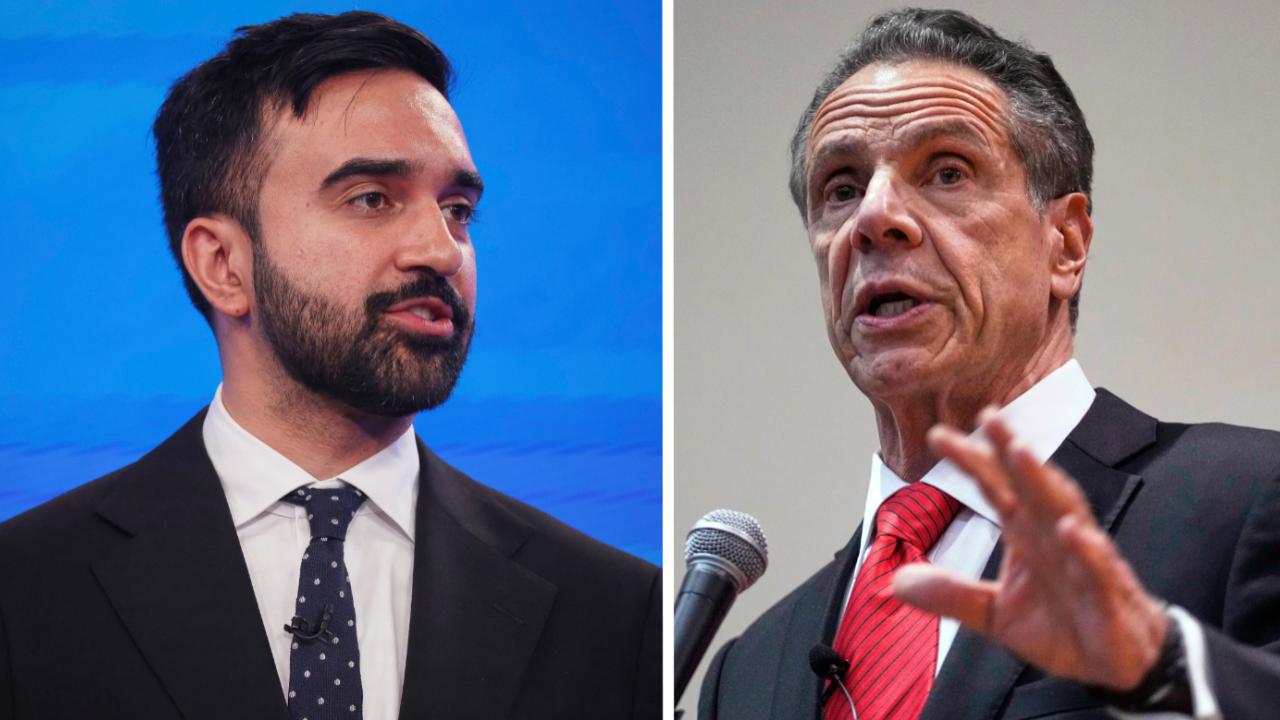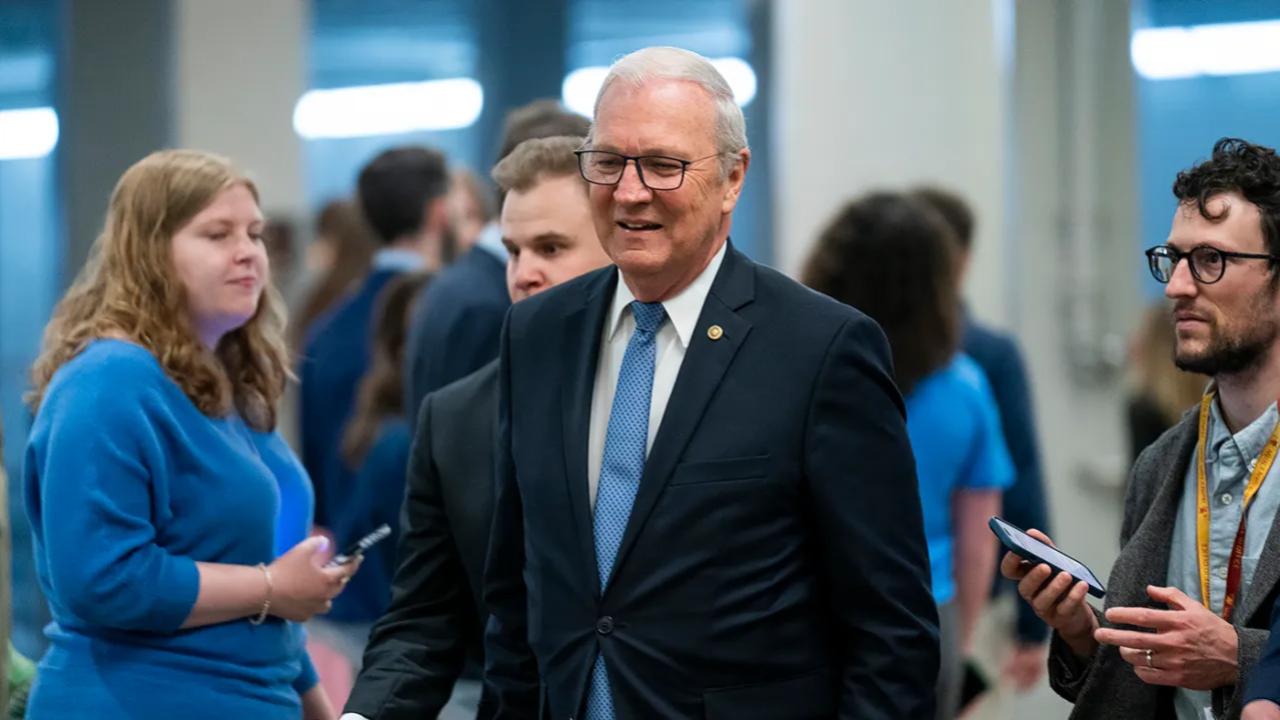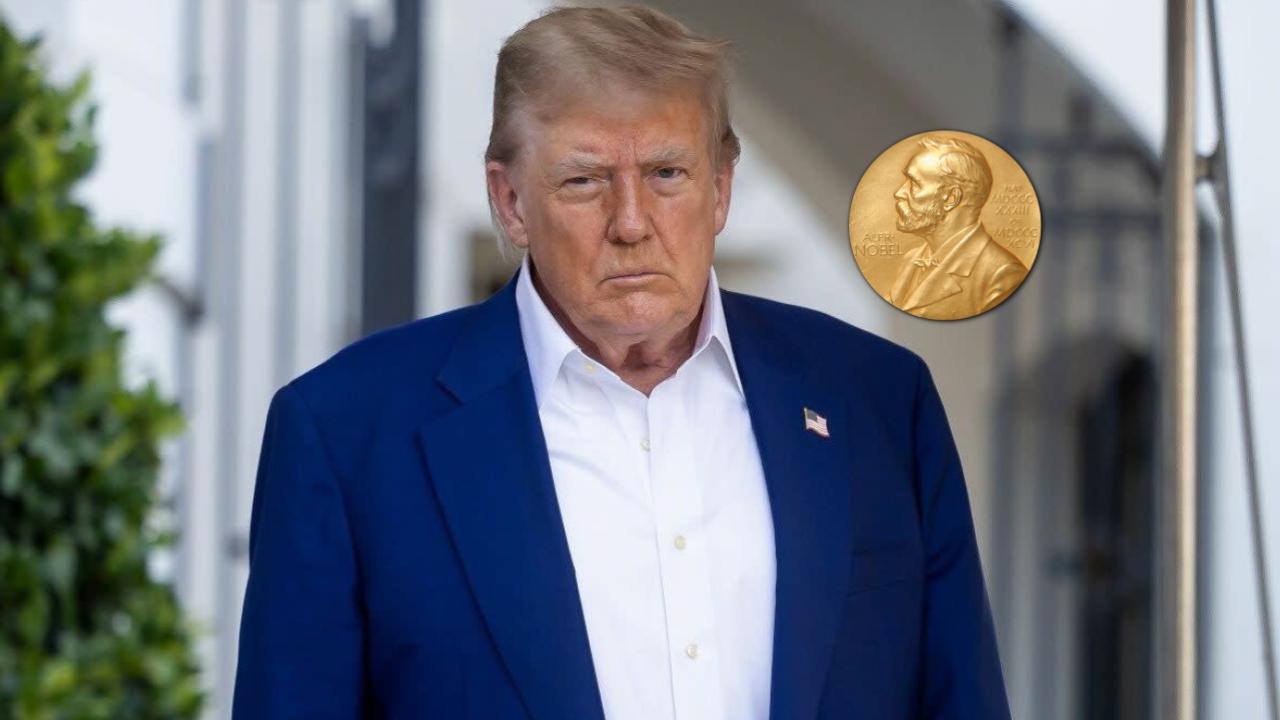At the 2025 NATO Summit in The Hague, Donald Trump made waves—again. This time, it wasn’t just about missed budgets or soft diplomacy. It was a full-throttle demand: every NATO nation should spend 5% of its GDP on defense. That’s more than double the current benchmark, and for some countries, wildly out of reach.
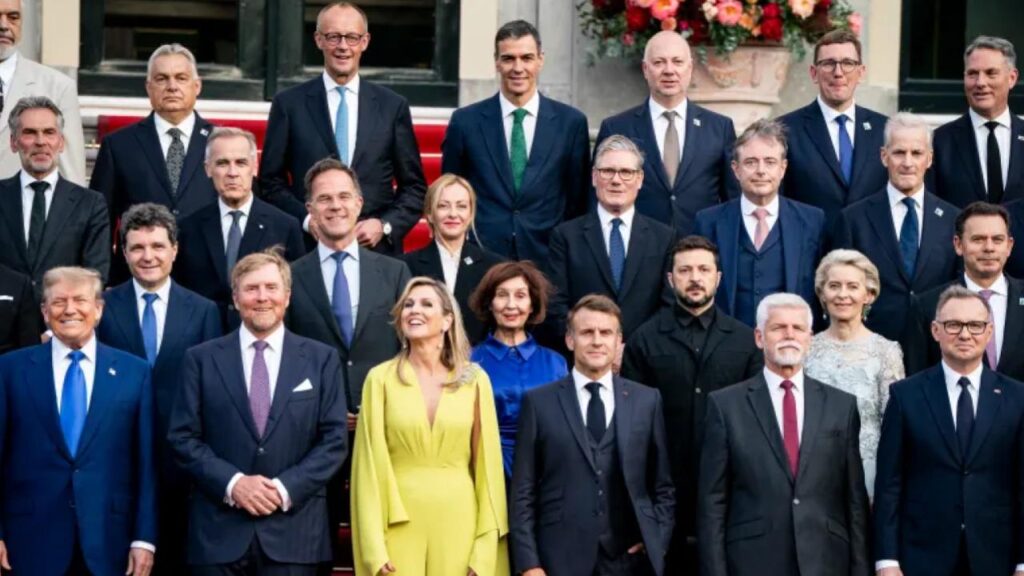
Trump Drops NATO Bombshell
| Issue | Number |
|---|---|
| NATO’s current defense target | 2% of GDP |
| Countries hitting 5% already | Just a handful (e.g., Poland, Estonia) |
| U.S. public support for NATO | 60% favorable |
Donald Trump’s latest NATO bombshell has reignited the question: Is the U.S. still in it for the long haul? While America wrestles with what “leading” the alliance really means, Europe is already adjusting—spending more, coordinating better, and preparing for a future where it may need to stand more on its own. This isn’t the end of NATO—but it could be the start of a new era.
Trump’s 5% Ultimatum
In his signature blunt style, Trump told NATO members they’re still not pulling their weight—and suggested that unless they drastically ramp up military spending, the U.S. may rethink its role in the alliance. He labeled the current 2% target as “obsolete” and floated a 5% threshold instead.
Oddly enough, Trump said the U.S. itself wouldn’t meet this new goal either. That’s because, according to him, the U.S. is already doing more than enough—and allies should catch up, not rely on American muscle. This proposal, unsurprisingly, didn’t sit well with many European leaders.
Allies React: Shock, Shrugs, and Strategy
Spain’s Prime Minister, Pedro Sánchez, called Trump’s suggestion “unrealistic,” pointing to tight national budgets and the need to balance defense with healthcare, education, and clean energy. France and Italy also pushed back, arguing that security isn’t just about money—it’s about cooperation and shared values.
But others, like Poland and the Baltic nations, quietly nodded. They’re already spending close to or above 4% of GDP, largely because they sit closest to Russia.
Norway’s Prime Minister Jonas Støre suggested a middle path, backing NATO Secretary-General Mark Rutte’s compromise: split the 5% across military investment (3.5%) and broader security infrastructure like cyber defense and logistics (1.5%).
Europe’s Plan B: Going It Alone?
While Trump shakes up NATO’s priorities, the European Union is working on a backup. Known as Readiness 2030, this EU-led initiative aims to pour €800 billion into military modernization and regional defense capabilities—independent of Washington.
That’s no coincidence. With Russia spending around 7% of its GDP on defense and testing NATO’s eastern flank, European leaders know they can’t rely solely on the U.S. forever.
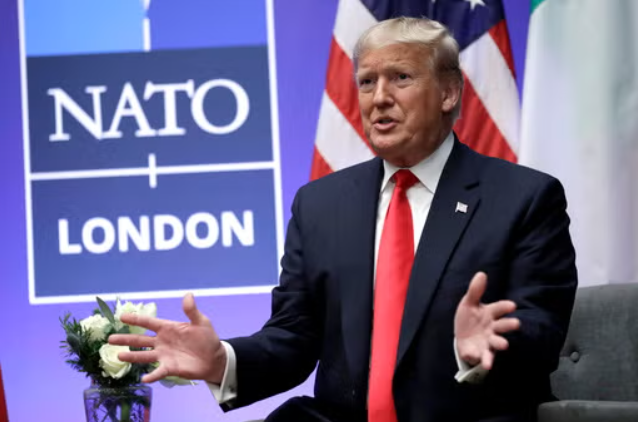
Why This Matters Now
Trump’s bombshell isn’t just political theater. It raises real questions about whether the U.S. will stick with NATO in its current form—or nudge it toward something new.
1. Russia’s Threat Is Growing
The Kremlin has increased its military spending significantly. For NATO to remain credible, its members must show they’re serious about defense—not just talking about it.
2. Congress May Hold the Line
Even if Trump returns to the White House, it’s not a done deal that the U.S. could simply exit NATO. A 2023 law requires any president to get congressional approval first. So, while Trump’s rhetoric may rattle allies, legal checks remain in place.
3. American Public Opinion Is Complicated
Polls show most Americans (60%) still support NATO. But there’s growing weariness about footing the global bill. A recent Reagan Institute survey found 64% of Americans still favor U.S. global leadership—though that doesn’t always mean sending dollars abroad.
As someone who covered NATO’s 2018 Brussels summit, this latest standoff feels familiar. Back then, Trump pressured allies hard, but the alliance held. This time, though, Europe isn’t just holding the line—it’s planning ahead. The Readiness 2030 initiative is more than backup; it’s a message: we’re not waiting to be left in the cold.
What’s Next?
Trump’s 5% demand likely won’t make the final summit communiqué. More probable is the Rutte compromise—a phased increase, with flexibility for countries to define their defense mix. Still, the pressure is real.
Behind closed doors, EU leaders are moving faster on joint procurement and troop readiness. NATO’s next meeting in 2026 could look very different—especially if the U.S. role continues to shift.
FAQs
Is Trump serious about leaving NATO?
Maybe. But legally, he’d need Congress. The 2023 National Defense Authorization Act says no president can withdraw without Senate approval.
Are any NATO members meeting Trump’s 5% ask?
Only a few. Poland and Estonia are closest. Most NATO members haven’t committed to anything above the current 2% goal.
What is Readiness 2030?
It’s the EU’s €800 billion plan to upgrade its defense forces and reduce dependency on the U.S. It’s part of Europe’s shift toward “strategic autonomy.”


